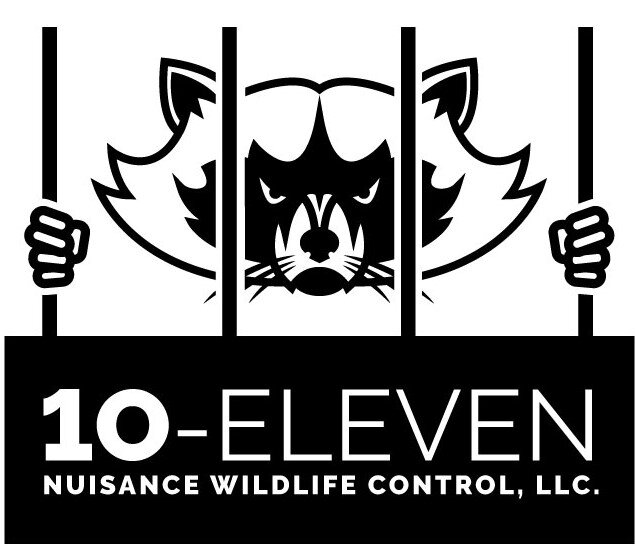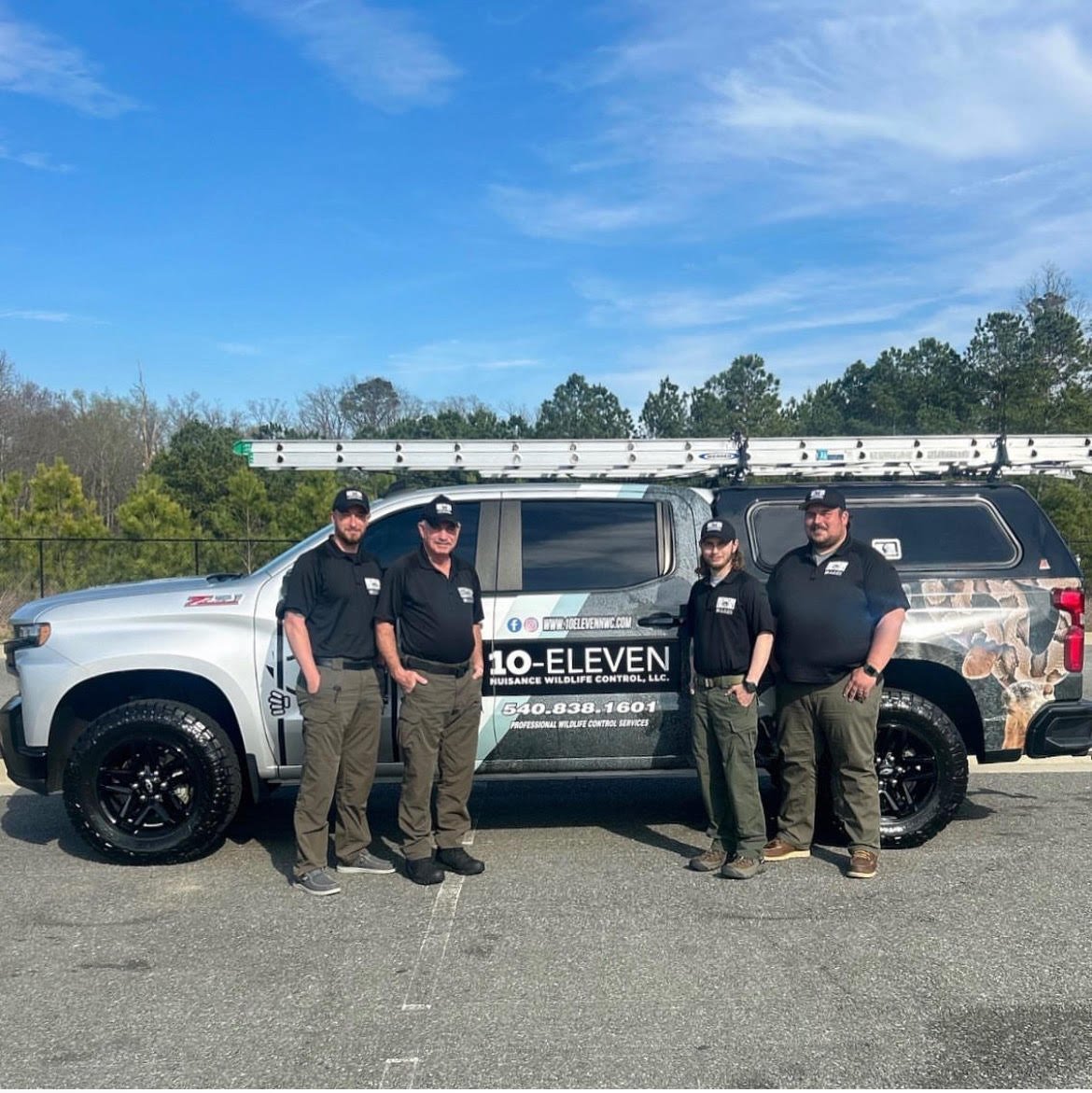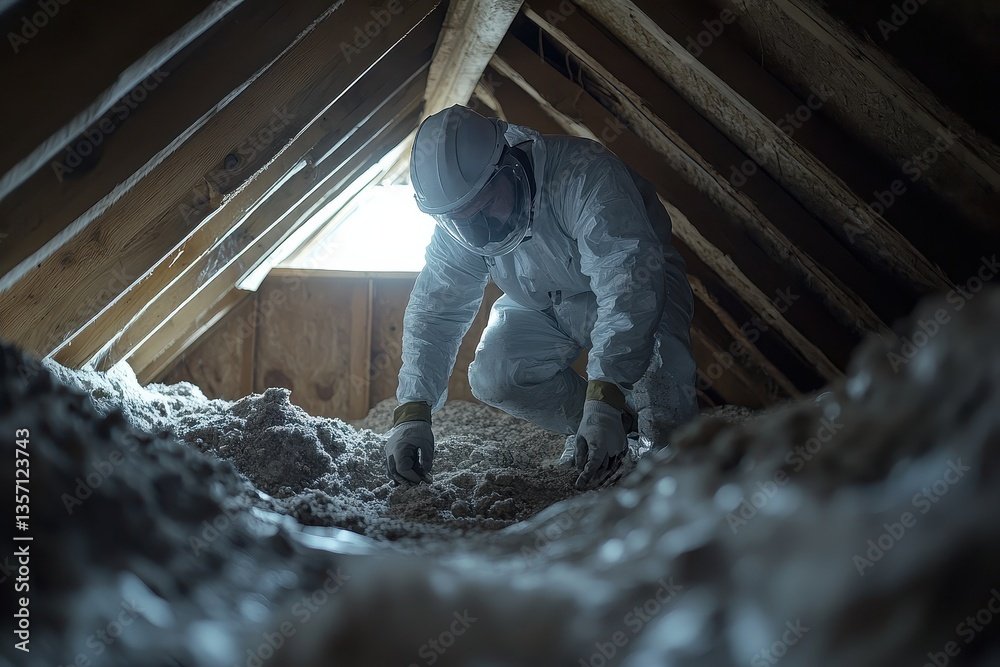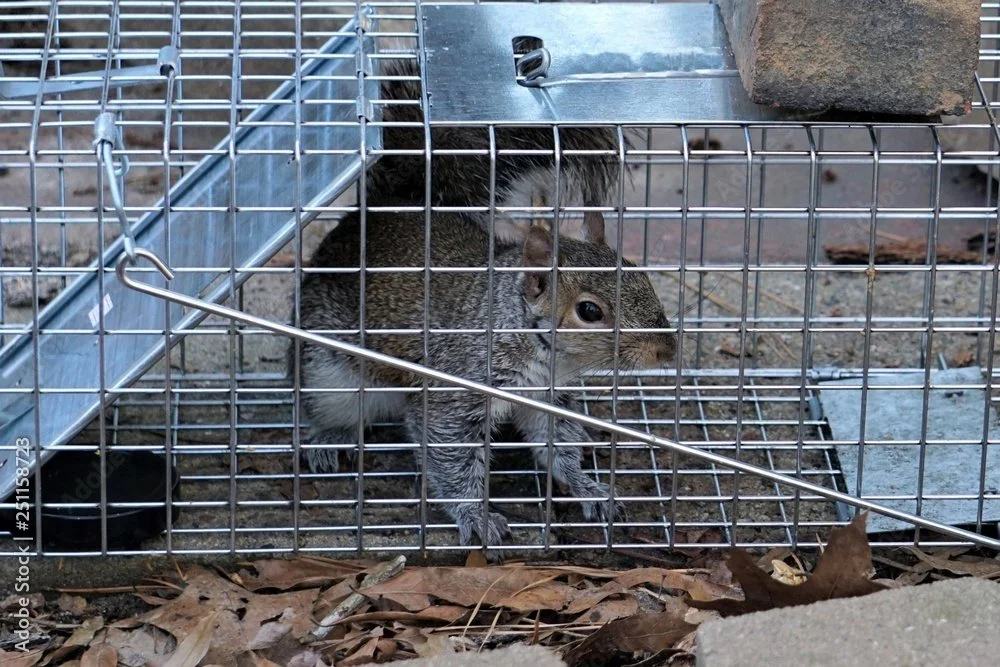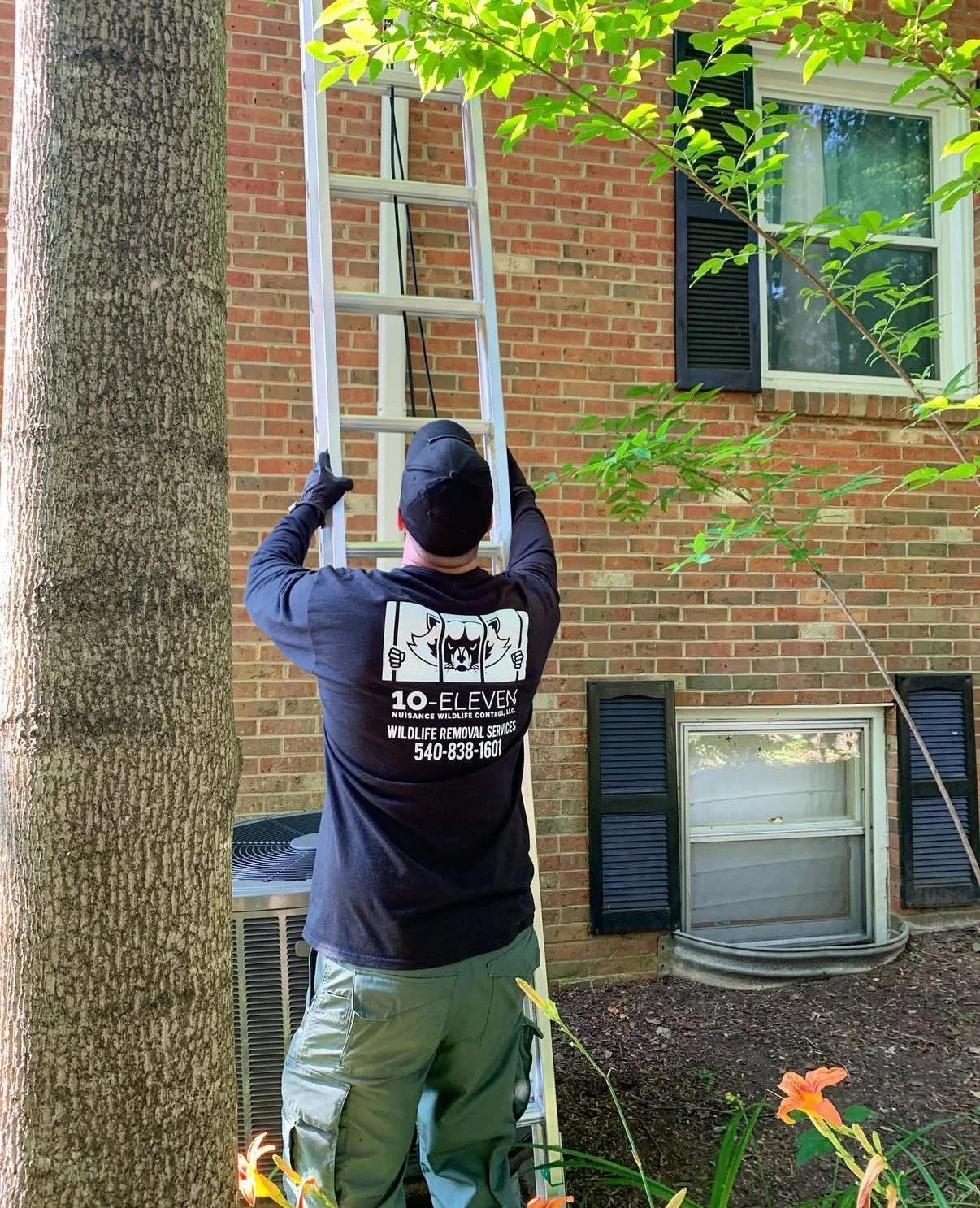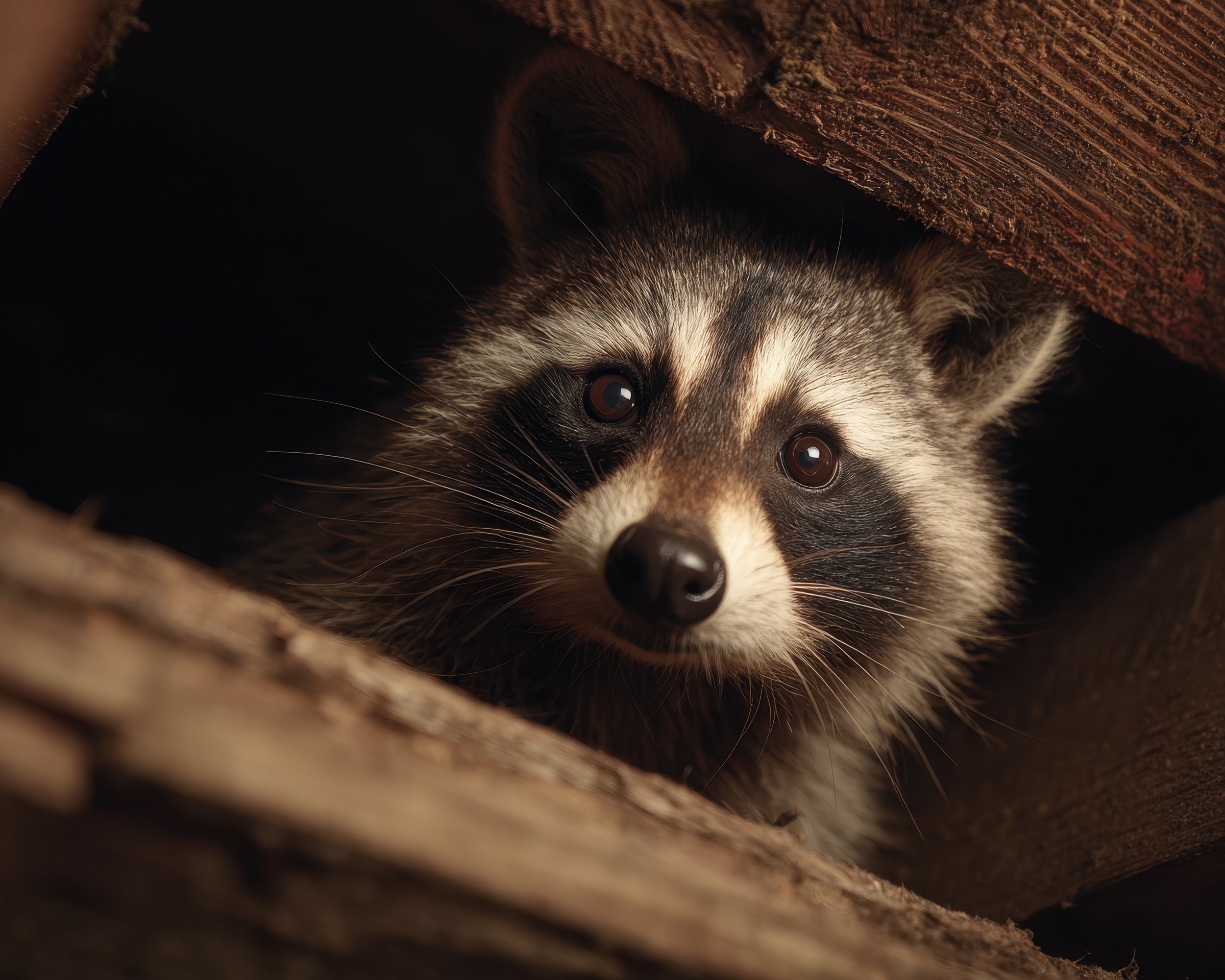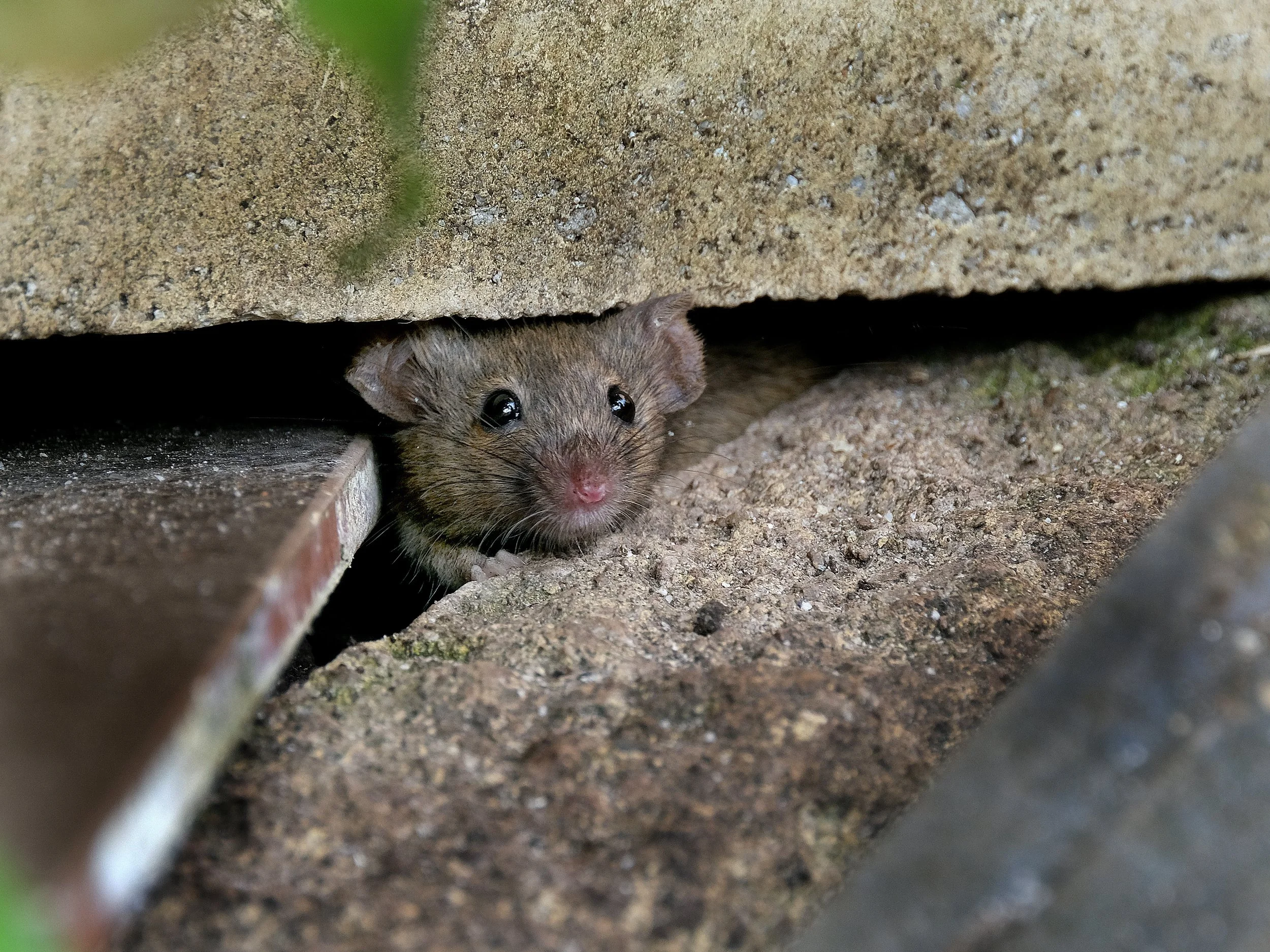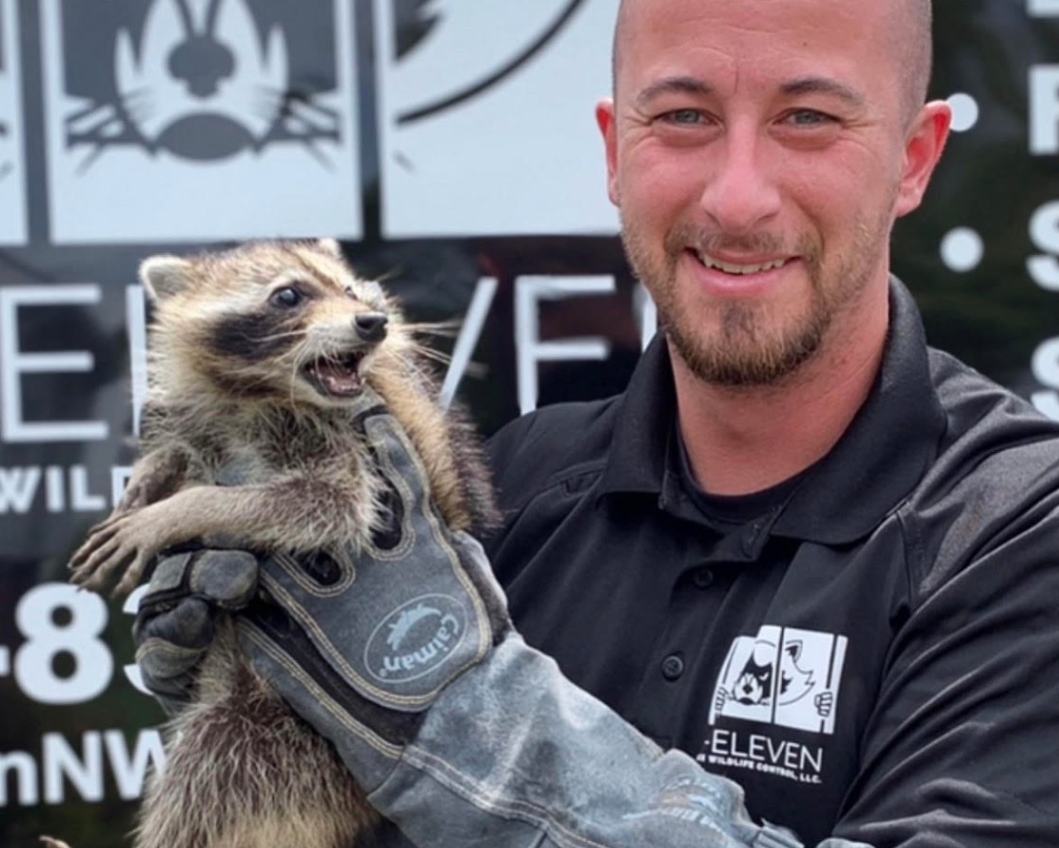
RACCOONS
About Raccoons
Raccoons (Procyon lotor) are medium-sized mammals found in North America. They are known for their black eye markings and bushy tails. Adults weigh between 8 to 20 pounds, with some exceeding 30 pounds. Their ability to adapt to different environments, including cities, makes them common in neighborhoods.
Raccoons are active at night and have a varied diet that includes fruits, nuts, insects, small animals, and human food, often scavenging through trash. Their agile front paws enable them to handle objects skillfully. Raccoons are intelligent and can remember solutions to tasks for up to three years.
Social animals, raccoons often live in groups and communicate with sounds, body language, and scents. They may show aggression when threatened but usually avoid conflict.
Why are Raccoons a Nuisance Animal?
Raccoons are often considered a nuisance animal due to their opportunistic feeding behavior and adaptability to urban environments. They are highly skilled at scavenging for food, which can lead them to rummage through garbage cans, pet food, and bird feeders. This not only creates a mess but can also attract other wildlife.
In addition to their foraging habits, raccoons are known to damage property. They can tear apart roofs or vents to gain access to attics or basements for shelter. This can result in costly repairs and potential structural damage to buildings.
Raccoons also pose health risks, as they can carry diseases such as rabies, raccoon roundworm, and leptospirosis. Their feces can contaminate water sources and pose a threat to human and pet health, underscoring the importance of managing their populations.
How can 10-Eleven Nuisance Wildlife Control solve my Raccoon problem?
We address raccoon issues through several systematic approaches designed to ensure both effective removal and humane treatment.
Inspection and Assessment: The first step involves a thorough inspection of the property to identify signs of raccoon presence, such as tracks, droppings, or damage. We’ll assess potential entry points, food sources, and nesting areas.
Exclusion and Prevention: After assessing the situation, we’ll implement exclusion techniques to prevent future raccoon access. This may include sealing gaps in roofs, walls, and drainage systems, as well as securing trash bins and removing outdoor food sources.
Trapping: If raccoons are present and removal is necessary, we can use live traps. These traps are designed to capture raccoons safely without harming them. We ensure that trapping complies with local laws and regulations.
Eviction. If raccoons are present inside of a structure, we are sometimes able to implement specialized tactics to humanely evict them from the structure. This approach is especially effective if there are juvenile raccoons present.
Sanitation and Cleanup: After removal, the area may require cleaning to eliminate odors and any health risks posed by raccoon droppings or nesting materials. We may also provide recommendations to address sanitation issues.
Ongoing Monitoring and Education: Reputable wildlife control companies may offer ongoing monitoring services to ensure that the exclusion measures remain effective. Additionally, we can provide you with information about best practices to deter raccoons in the future.
Got Raccoons?
Contact 10-Eleven Nuisance Wildlife today!
